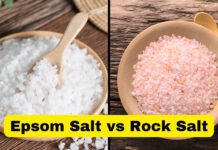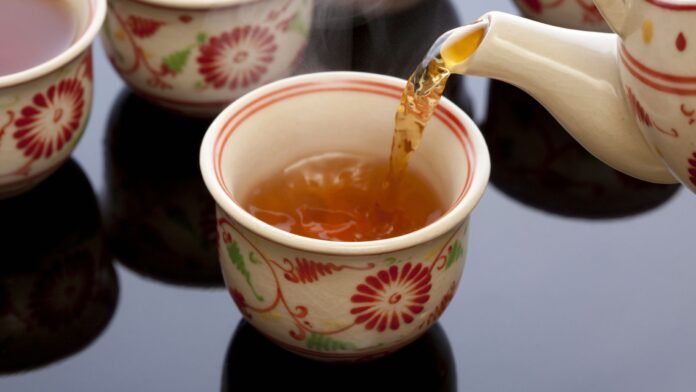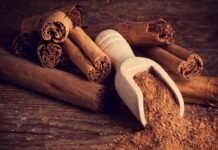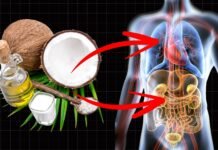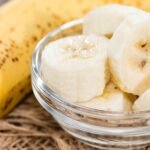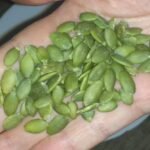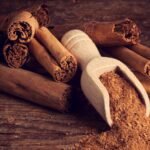Brief overview of oolong tea
Oolong tea is a partially oxidized, semi-fermented tea that falls between green and black tea in terms of oxidation and flavor. It offers a unique and complex taste, with a wide range of flavors depending on the degree of oxidation and processing method.
The origin and history of oolong tea
Originating from China’s Fujian province, oolong tea has a rich history dating back to the Ming Dynasty. Over time, its production has spread to other regions such as Taiwan, Vietnam, and Thailand.
The unique processing method that sets oolong tea apart from other types of tea
Oolong tea undergoes a unique production process that involves partial oxidation, shaping, and roasting, which results in its distinct taste and aroma.
Oolong Tea Production Process
Harvesting the leaves
High-quality oolong tea is made from the top two leaves and the bud of the tea plant. The leaves are carefully handpicked during specific seasons to ensure optimal quality.
Withering the leaves
The picked leaves are spread out under the sun or in a well-ventilated area to wither, allowing them to lose some moisture and become pliable for further processing.
Bruising the leaves
The withered leaves are then shaken or rolled to bruise their edges, which encourages oxidation by breaking down the cell walls and releasing enzymes.
Oxidation process
Oolong tea undergoes partial oxidation, typically ranging from 8% to 85%. The oxidation level determines the tea’s flavor, color, and aroma, with lighter oolongs being closer to green tea and darker oolongs resembling black tea.
Fixation and rolling
The oxidation process is stopped by applying heat to the leaves, either through pan-firing or steaming. The leaves are then rolled to shape them and break down their cellular structure, which helps release essential oils and flavors.
Drying and roasting
Finally, the leaves are dried to remove any remaining moisture, and some oolong teas undergo an additional roasting step to develop a deeper flavor profile.
Types of Oolong Tea
Tie Guan Yin (Iron Goddess of Mercy)
A famous Chinese oolong tea with a floral aroma and a delicate, sweet taste.
Da Hong Pao (Big Red Robe)
A highly prized dark oolong from the Wuyi Mountains in China, known for its rich, roasted flavor and mineral notes.
Dong Ding (Frozen Summit)
A Taiwanese oolong with a medium level of oxidation, offering a balance of floral and fruity flavors with a creamy mouthfeel.
High Mountain Oolong
Grown at high altitudes in Taiwan, these oolongs are prized for their fresh, floral taste and complex flavor profiles.
Dan Cong (Phoenix Single Bush)
Unique to Guangdong province in China, Dan Cong oolongs are known for their intense fruity and floral aromas, often mimicking the flavors of various fruits and flowers.
Health Benefits of Oolong Tea
Antioxidant properties
Rich in antioxidants called catechins, oolong tea can help reduce oxidative stress and fight free radicals in the body.
Weight loss and metabolism boost
Oolong tea has been shown to increase metabolism and promote fat burning, potentially aiding in weight loss efforts.
Heart health
Regular consumption of oolong tea may help lower blood pressure and cholesterol levels, reducing the risk of heart disease.
Brain function
Studies suggest that drinking oolong tea could improve cognitive function and help protect against age-related cognitive decline.
Digestive health
Oolong tea is believed to aid digestion and soothe stomach discomfort, making it an excellent after-meal beverage.
Skin health
The antioxidants and anti-inflammatory properties in oolong tea may help improve skin health and reduce signs of aging.
How to Brew the Perfect Cup of Oolong Tea
Choosing the right water temperature
Different oolong teas require different water temperatures, ranging from 180°F (82°C) for lighter oolongs to 200°F (93°C) for darker varieties.
Selecting the correct amount of tea leaves
Use about one teaspoon of oolong tea leaves per 8 ounces of water, adjusting to your taste preference.
Steeping time
Steep oolong tea for 2-5 minutes, depending on the desired strength and type of oolong. Many oolongs can be infused multiple times, with each infusion revealing new flavors.
Multiple infusions
Oolong teas are well-suited for multiple infusions, allowing you to enjoy their evolving flavors with each steeping.
Traditional Gongfu brewing method vs. Western brewing method
While the Western brewing method involves using larger teapots and longer steeping times, the traditional Chinese Gongfu method uses smaller teapots or gaiwans and shorter infusion times to extract the tea’s full range of flavors.
Popular Oolong Tea Recipes
Classic hot oolong tea
Simply brewed with hot water, this traditional preparation allows you to fully appreciate the tea’s natural flavors and aromas.
Oolong iced tea
A refreshing alternative to hot tea, simply brew your oolong tea as usual, then chill and serve over ice.
Oolong tea latte
Add steamed milk and a touch of sweetener to your brewed oolong tea for a creamy, indulgent treat.
Oolong tea with honey and lemon
Enhance the natural flavors of oolong tea with a spoonful of honey and a squeeze of lemon for a soothing and delicious beverage.
Oolong tea cocktail
Mix brewed oolong tea with your favorite spirits, fruits, and herbs to create unique and flavorful cocktails.
Conclusion
Recap of oolong tea’s unique characteristics and benefits
Oolong tea offers a diverse range of flavors and health benefits, making it an excellent choice for both casual tea drinkers and connoisseurs alike.
Encouragement to explore different types of oolong tea
With so many varieties of oolong tea available, there’s sure to be one that suits your taste buds. Don’t be afraid to experiment and discover new favorites!
Final thoughts on incorporating oolong tea into daily routine
By incorporating oolong tea into your daily routine, you can enjoy its unique flavors and potential health benefits while also embracing the centuries-old tradition and artistry behind this remarkable beverage.



